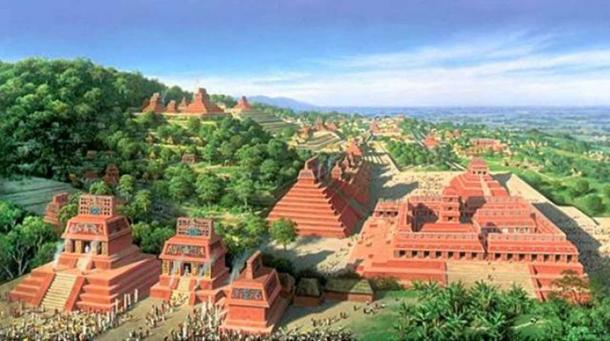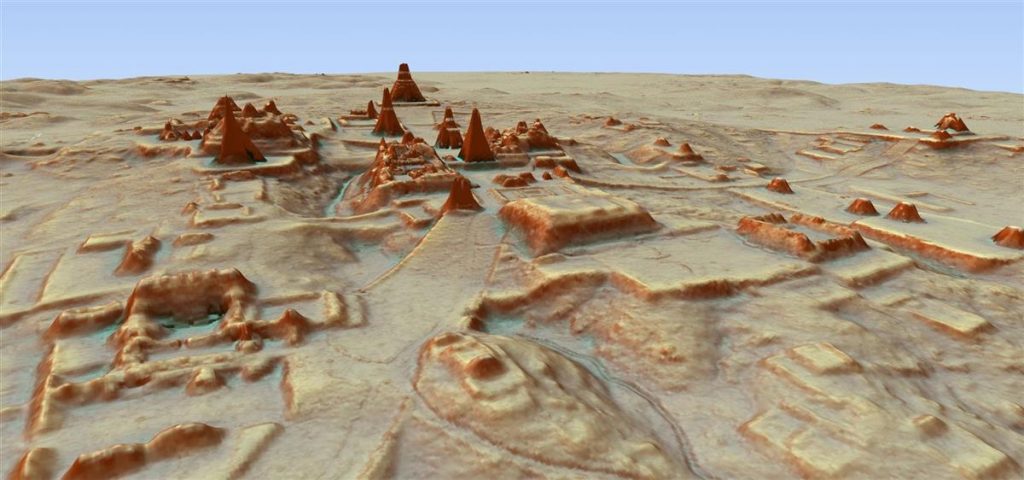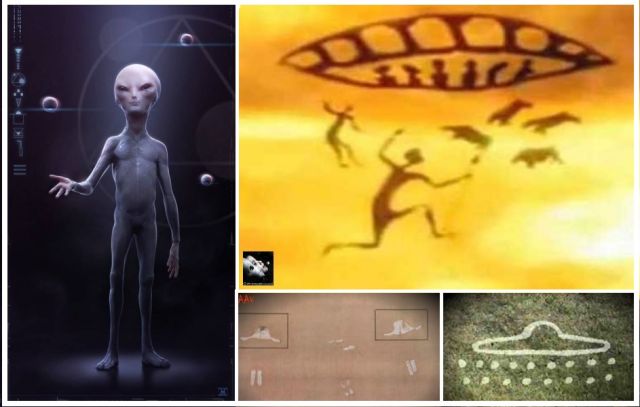New images of the ancient Mayan Megopolis reveal Thousands of Lost pyramids and monuments.
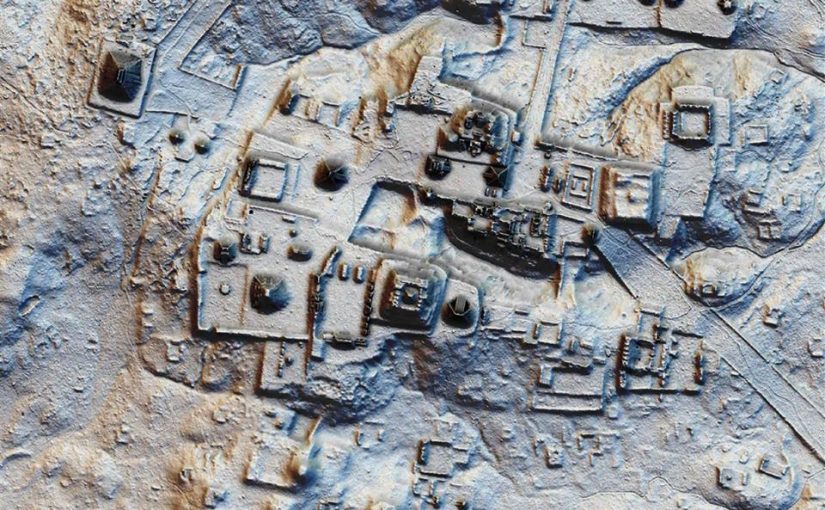
Researchers have made a mind-engulfing discovery Petén, in the jungles of Guatemala. Using Lidar technology, researchers have found more than 60,000 previously unknown structures that were once the home of a massive pre-Columbian civilization.
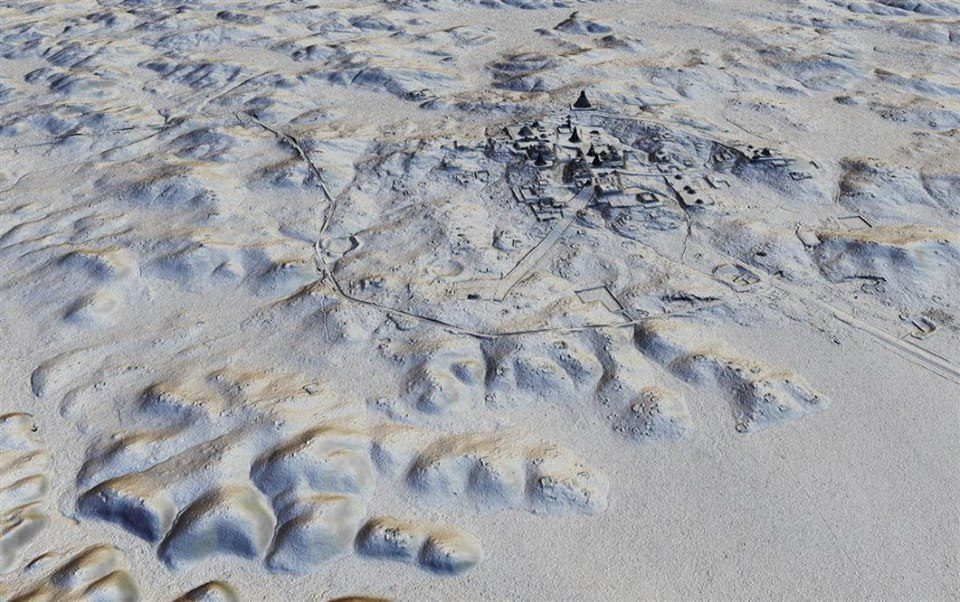
With the help of revolutionary Lidar technology (short for “Light Detection And Ranging”), modern archaeologists are making history. Recently, experts have discovered tens of thousands of ancient structures belonging to the ancient Mayan civilization.
The LIDAR TITAN instrument used by the PACUNAM LIDAR initiative penetrates the forest cover and GPS instrumentation allows researchers to locate each point with millimeter precision. This allows the development of more accurate surface maps than with any other technology currently available.
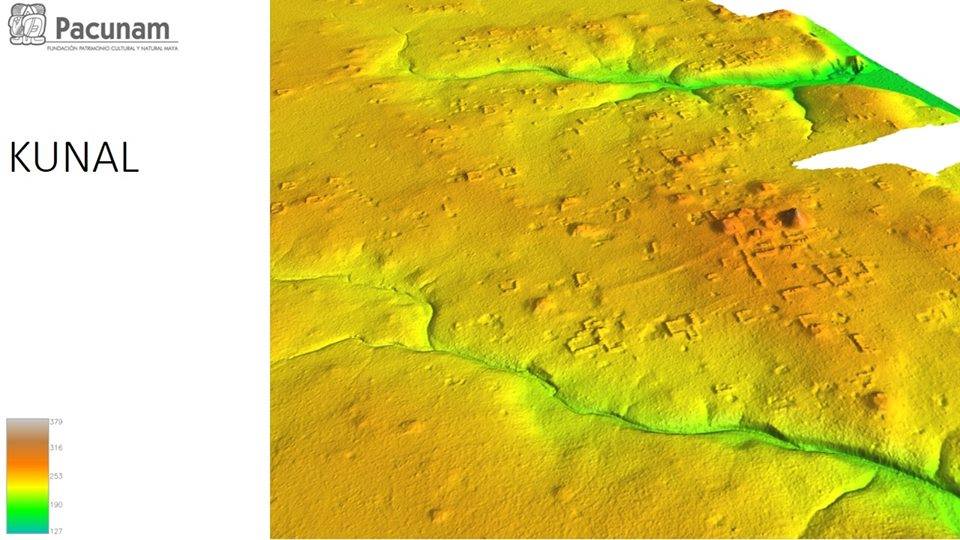
As pointed out by the researchers, the LIDAR technology has also uncovered the ancient engineering works and specialized agricultural areas, capable of sustaining a massive population at an almost industrial level, and Jorge Mario Chajón, the general director of the Tourism Institute of Guatemala has said; “These results reaffirm that Guatemala is the heart of the Mayan world.”
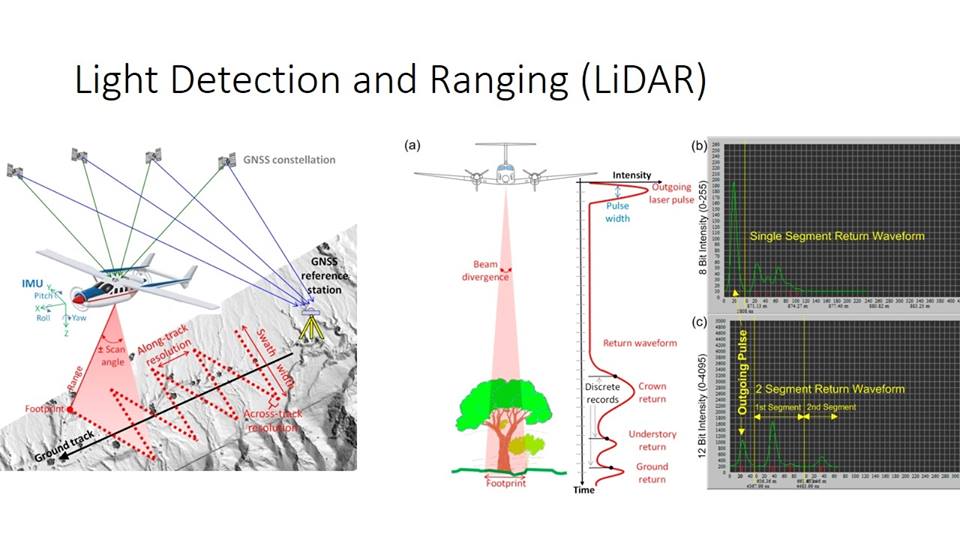
Led by the so-called initiative of Guatemala PACUNAM LIDAR, this consortium of more than 30 scientists and archaeologists who belong to the main academic institutions around the world, organized and funded by the PACUNAM Foundation uses state-of-the-art technology to explore more than 2,000 km ² of the northern Guatemala Petén jungle by air.
His discoveries were represented in a series of digital maps and augmented reality applications that transform aerial data into a view of the earth, designed exclusively for the National Geographic documentary. Fortunately, all these amazing discoveries were made without having to cut a single tree.
Discovered thanks to the new LIDAR explorations, Kunal is an early ceremonial center discovered by the Naachtun Archaeological Project.
Previously a Mayan population of between 1 and 2 million inhabitants had been proposed by experts, but new data have shown a population of about 20 million inhabitants who occupied the plains of the Mayan civilization, an amount that represents about half of the European population at that time, occupying an area the size of Italy.,
Many archaeological monuments remain hidden under the jungle and are only visible thanks to the new technology. In the photo is the archaeological site El Zotz. Image credit: PACUNAM / Archaeological Project El Zotz Garrison
“This revelation is one of the most important developments in Mayan archeology in the last 100 years,” said Tom Garrison of the University of Ithaca, one of the archaeologists leading the project.
“Mayan wars have been under investigation for decades and, now, technology is revealing the physical manifestation of past conflicts, which shows that they were a determining factor of the ancient Mayan culture, probably the configuration of the appearance and the development of some of its largest cities, “he added.
